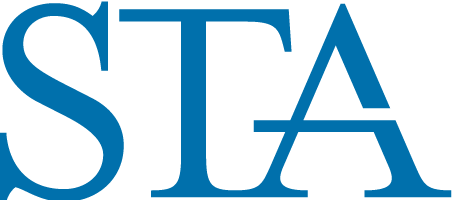 by Jim Toes
by Jim Toes
Advisory committees have the potential to offer great benefits to any organization. For those of us who have served on these types of committees, we understand that the key to their success is often determined in the early stages of the committee’s design. Properly designed advisory committees will accomplish their goals, whereas poorly designed ones will drain the bandwidth of people’s time, or worse be counterproductive to the performance of the organization they are suppose to serve.
In her June 5th speech, SEC Chair White announced the formation of an advisory committee on market structure called “Market Structure Advisory Committee” (MSAC). This committee of experts would “review specific initiatives and rule proposals.” Chair White has asked the industry to provide input on how this committee should be formed, as well the other initiatives identified in her speech.
“After reading just a few lines of FACA, flexibility is not the first word which comes to mind. It is clear that Chair White will face some challenges in the design of this advisory committee.”
While the details of MSAC have yet to be publicized, we would like to offer some preliminary input and provide you with some facts so you can do the same.
First, preliminary input:
In the past 18 months there have been several industry roundtables hosted by the Securities and Exchange Commission and House Financial Services Committee. Most recently, Representative Scott Garrett (R-NJ) hosted a public roundtable on the U.S Equity Market Structure. The roundtable, which featured industry participants, included three panels focused on: “promoting a level playing field and enhancing competition”; “improving resiliency and eliminating single points of failure”; and “market making and trading in the 21st Century.” The SEC has hosted two similar public roundtables on decimalization and cyber security.
These roundtables complimented traditional vehicles for industry input like comment letters and have resonated well with the industry for a host of reasons. In particular the roundtables had business leaders offering formal and informal remarks on defined topics, delivered in a public forum, allowing for non participants to respond. The combination of these factors resulted in a healthy balance of structure and transparency.
We encourage Chair White that where possible to incorporate some these features in MSAC, which brings us to the “what are the facts” portion of this article. As a government agency, the SEC needs to meet standards set forth by the Federal Advisory Committee Act (FACA). FACA governs the establishment of and procedures used by advisory committees.
The SEC currently has two other advisory committees: the Investor Advisory Committee (formed in compliance with Section 911 of the Dodd-Frank Act and meets FACA standards); and the Advisory Committee on Small and Emerging Companies (formed in compliance with FACA).
After reading just a few lines of FACA, flexibility is not the first word which comes to mind. It is clear that Chair White will face some challenges in the design of this advisory committee. Despite these challenges, we hope Chair White is successful in putting together a unique vehicle by which the commission can gather industry input. For more information on FACA, please visit their website.
STA’s 81st Annual Market Structure Conference REGISTER HERE
